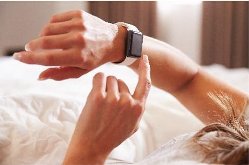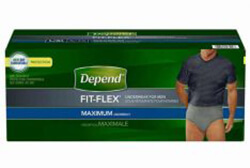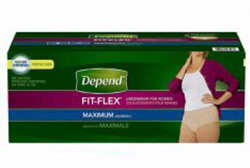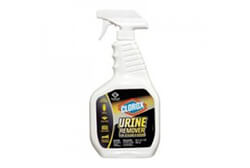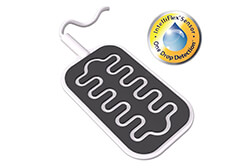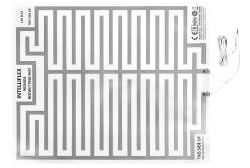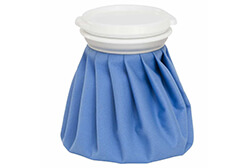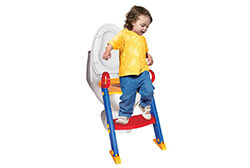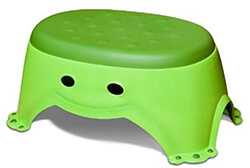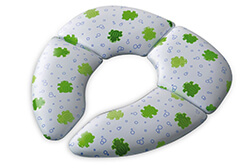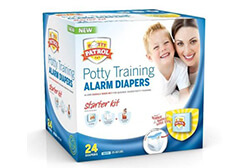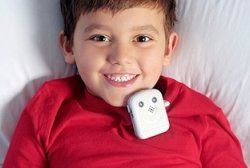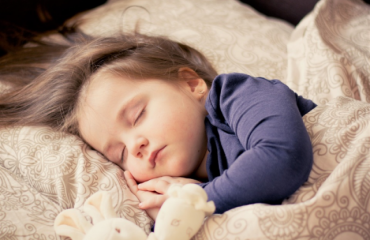Bedwetting Alarm – Should My Son Try It?
Last Updated on February 16, 2023 by One Stop Bedwetting
“My son is 7 years old and is nearly wetting the bed almost every night. We have tried different methods like limiting his liquid intake two hours before his bed time, cut down his consumption of sodas and also tried homemade remedies. Lately we have come to know about Bedwetting alarm. Can you guide me for that?”
Yes, a bedwetting alarm is clinically proven to stop nighttime bedwetting in children who are 5 years or older. They are among the most effective and safest bed-wetting treatments. These enuresis alarms when used as directed help build brain bladder connection and the child starts getting up as soon as he starts wetting the bed and after some time gets up before even they start wetting. Your child overcomes his/ her bedwetting in few weeks thus making them feel confident and more energetic every morning.
Tips on the types of Bed wetting alarms: Several different bed-wetting alarms are available at One Stop Bedwetting. They range in price from about $34.99 to more than $99.99. You don’t need a prescription to get an incontinence alarm. You must examine carefully the types of bedwetting alarms available as each has its benefits and features that suits the need of your child. You can compare bedwetting alarms to see what’s best for you.
Although all the pee alarms have the same basic — a sensor that detects moisture and an alarm that triggers– there are some slight differences among models.
Wearable Bedwetting Alarms: Wearable alarms are the most common type for children and has a sensor that is attached to an audio-vibratory alarm unit through a wire to the child’s underwear. The wire runs below the child’s pajama top or it is clipped to the top near the shoulder. These moisture alarms respond quickly to urine. The alarm is loud enough to awaken the child and a parent, who can lead the child to the bathroom to pass urine or change his underwear if it is wet. Give the url for wearable alarms
Bedside Bedwetting Alarms: The Bedside bedwetting alarm system don’t require the alarm unit to be connected to the bedwetter. The child, teen or an adult bedwetter basically sleeps on a moisture responsive mat or pad placed under the bed sheet that is connected to the alarm unit placed on the bed side. These alarms provide maximum comfort and convenience. They do take a little longer to detect urine. Give the url for wearable alarms
Wireless Bedwetting Alarms: A wireless bedwetting alarms make use of a micro-wire that is built into a machine-washable underwear and a tiny transmitter which connects to the pants. Because the alarm is silent, only the wearer is aware when the alarm goes off. Once the alarm unit is activated, it is necessary to get out of bed to turn it off.
These are three different types of bedwetting alarms that can help your child achieve dryness. When you are choosing a bedwetting alarm for children keep in mind what is suitable for your child, its reliability and efficacy in mind.








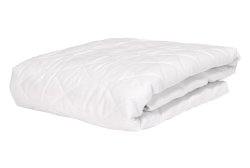 Our #1 Top SellerIdeal for Daily Use
Our #1 Top SellerIdeal for Daily Use Premium Quality BeddingSoft and Comfortable
Premium Quality BeddingSoft and Comfortable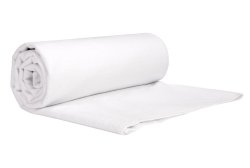 Premium Quality BeddingLarge Urine Absorption
Premium Quality BeddingLarge Urine Absorption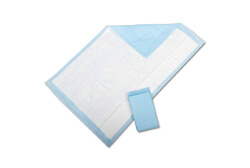 AFFORDABLE PRICECHANGE DAILY AS NEEDED
AFFORDABLE PRICECHANGE DAILY AS NEEDED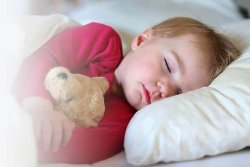
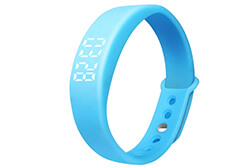 Sleek, Stylish and Affordable Watch
Sleek, Stylish and Affordable Watch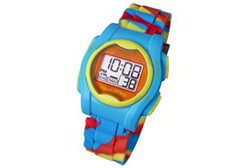 Multi-Function Watch with Numerous Features
Multi-Function Watch with Numerous Features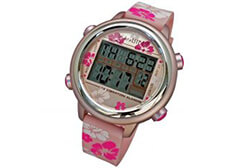 Recommended watch for teens and adults
Recommended watch for teens and adults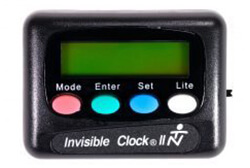 Perfect for medication and other reminders
Perfect for medication and other reminders